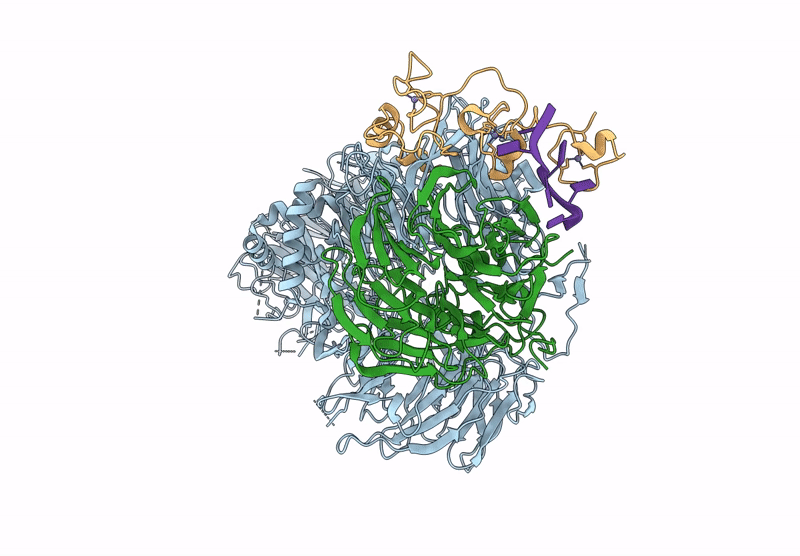
Deposition Date
2025-06-04
Release Date
2025-11-26
Last Version Date
2025-11-26
Entry Detail
PDB ID:
9OXS
Keywords:
Title:
CRYO-EM STRUCTURE OF the human mPSF IN COMPLEX WITH THE AAUAAU poly(A) signal
Biological Source:
Source Organism:
Homo sapiens (Taxon ID: 9606)
Host Organism:
Method Details:
Experimental Method:
Resolution:
3.07 Å
Aggregation State:
PARTICLE
Reconstruction Method:
SINGLE PARTICLE


